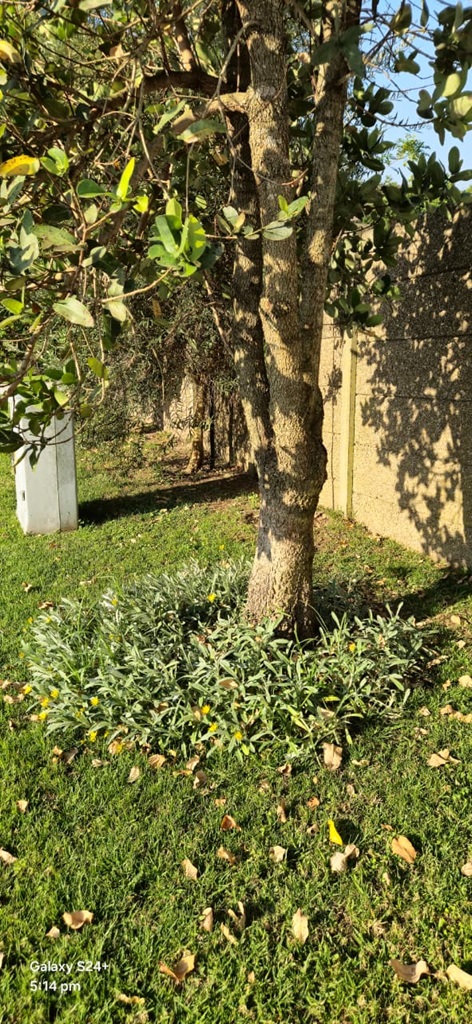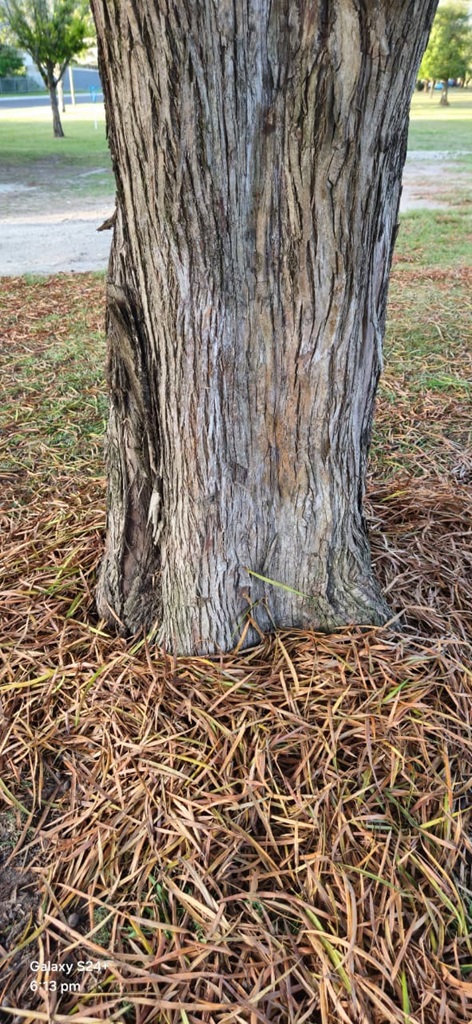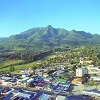GEORGE NEWS - Urban trees in George, which form a vital part of the city’s natural heritage and environmental resilience, are increasingly under threat - not only from drought, development, densification and the PSHB (polyphagous shot hole borer beetle), but from an often-overlooked culprit: the weed-eater.
The handy weed-eater can cause serious and often irreversible damage. The nylon cord or blades strip away bark at the base, exposing the sensitive cambium layer beneath.
This is the living tissue responsible for transporting water and nutrients throughout the tree.
George Municipality’s Tree Committee has aired concern about the damage done by weed-eaters (brush cutters or line trimmers) that are operated too close to tree trunks.
The consequences are significant:
- Young trees are especially vulnerable, many dying after repeated injury.
- Mature trees suffer long-term decline, becoming more susceptible to pests, pathogens and fungal rot.
- Growth slows, shade is reduced, and the city loses part of its natural defence against heat, wind and pollution.
Every tree is a long-term investment, and when avoidable damage is allowed, it’s not just the tree that suffers - the entire community loses out on cooler streets, cleaner air and the biodiversity that thrives in tree-rich spaces.
 Georgians come up with lovely ideas that protect trees.
Georgians come up with lovely ideas that protect trees.
A call to action
The solution is simple and cost-effective. Experts recommend:
- Tree guards and mulch rings around municipal trees to prevent close contact with weed-eaters
- Training garden services and garden maintenance staff in tree-friendly vegetation management practices
- Encouraging residents to adopt the same protective measures in their gardens and street pavements.
The committee also wants to create awareness that the repeated nicks at the base of a tree are slowly strangling its lifeline. By raising public understanding and adjusting maintenance practices, George has an opportunity to safeguard its growing urban forest.
Trees as climate shields
Urban forests play an essential role in climate resilience. They lower city temperatures through shade and transpiration, reduce stormwater run-off, absorb carbon and support birdlife and pollinators. In a time of increasing urbanisation and densification, every tree matters.
Protecting trees from weed-eater damage is not just about aesthetics - it’s about sustaining a living infrastructure that supports the health and well-being of all who live in George.
 Creepers around the trunk to prevent damage.
Creepers around the trunk to prevent damage.
Looking ahead
Through its tree policy, the George Municipality has already taken steps to ensure accountability around tree planting and removal. Expanding these policies to include protection against weed-eater damage would be a logical and necessary next step.
Experiments at NMU - plastic pipes and rubber not protective
Elana Kemp, horticulturist at the Nelson Mandela University in George, has been experimenting with various techniques to improve tree health and prevent ringbarking.
“Removing grass and replacing it with organic mulch has proved the most successful,” says Kemp.
 Mulching works too.
Mulching works too.
“Least successful were plastic pipes or rubber coverings around the base. Plastic pipes are unsightly and need regular replacement. If too tight, these create scarring weaknesses in the tree cambium.
"Rubber bands trap moisture and increase risk of fungal infection. In open areas where clusters of trees occur, we have opted for no mowing, allowing natural bulbs and grass species to return. These create little ecological islands, improving soil and tree health and encouraging species diversity," says Kemp.
The committee encourages Georgians: "Let us give our trees a fair chance to thrive, because a city that protects its trees is a city that invests in its future."
 An attractive protective measure.
An attractive protective measure.
‘We bring you the latest Garden Route, Hessequa, Karoo news’
















